ST0303 Cadmium Selenide Sputtering Target, CdSe
Chemical Formula: CdSe
Catalog Number: ST0303
CAS Number: 1306-24-7
Purity: 99.9%, 99.95%, 99.99%, 99.995%, 99.999%
Shape: Discs, Plates, Column Targets, Step Targets, Custom-made
Cadmium Selenide sputtering target come in various forms, purities, sizes, and prices. Thin Film Materials (TFM) manufactures and supplies top-quality sputtering targets at competitive prices.
Cadmium Selenide Sputtering Target Description
A Cadmium Selenide Sputtering Target is a type of ceramic material made from cadmium and selenium, commonly used in sputtering processes. This target is typically employed in thin film deposition and various specialized applications, taking advantage of the unique properties offered by the cadmium-selenium combination.

Cadmium is a chemical element with the symbol “Cd” and an atomic number of 48. The name “cadmium” comes from the Latin word ‘cadmia,’ referring to the mineral calamine. It was first identified in 1817 by scientists Friedrich Stromeyer, Karl Hermann, and Johann Roloff, who also later succeeded in isolating it. Cadmium is located in Period 5 and Group 12 of the periodic table, classified within the d-block elements. Its relative atomic mass is approximately 112.411 Daltons, with the number in parentheses indicating a margin of uncertainty.
Related Product: Cadmium Sputtering Target
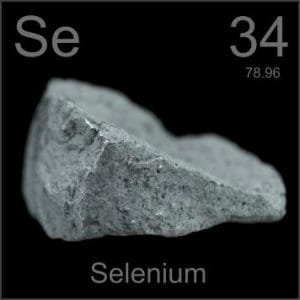 Selenium is a chemical element with the symbol “Se” and an atomic number of 34. The name “selenium” comes from the Greek word ‘selene,’ meaning moon. It was first identified in 1817 by Jöns Jacob Berzelius and Johan Gottlieb Gahn, who also accomplished and announced its isolation. Selenium is found in Period 4 and Group 16 of the periodic table, classified within the p-block elements. Its relative atomic mass is approximately 78.96 Daltons, with the number in parentheses indicating a margin of uncertainty.
Selenium is a chemical element with the symbol “Se” and an atomic number of 34. The name “selenium” comes from the Greek word ‘selene,’ meaning moon. It was first identified in 1817 by Jöns Jacob Berzelius and Johan Gottlieb Gahn, who also accomplished and announced its isolation. Selenium is found in Period 4 and Group 16 of the periodic table, classified within the p-block elements. Its relative atomic mass is approximately 78.96 Daltons, with the number in parentheses indicating a margin of uncertainty.
Cadmium Selenide Sputtering Target Specification
| Compound Formula | CdSe |
| Appearance | Solid |
| Bonding Service | Indium, Elastomer |
| Melting Point | >1,350 °C |
| Available Sizes | Dia.: 1.0″, 2.0″, 3.0″, 4.0″, 5.0″, 6.0″ Thick: 0.125″, 0.250″ |
Cadmium Selenide Sputtering Target Application
The Cadmium Selenide Sputtering Target is utilized in various applications, including thin film deposition and decorative coatings. It is commonly employed in the semiconductor industry, display technologies, and the manufacturing of LEDs and photovoltaic devices. Additionally, this material is significant for functional coatings, the optical information storage industry, glass coatings for automotive and architectural purposes, and optical communication technologies.
Cadmium Selenide Sputtering Target Packing
Our Cadmium Selenide Sputtering Targets are meticulously tagged and labeled on the exterior to ensure efficient identification and maintain stringent quality control. We take extensive precautions to protect these targets from any potential damage during storage and transportation, ensuring they arrive in perfect condition.
Get Contact
TFM offers Cadmium Selenide Sputtering Targets in various forms, purities, sizes, and prices. We specialize in high-purity thin film deposition materials with optimal density and minimal grain sizes, which are ideal for semiconductor, CVD, and PVD applications in display and optics. Contact Us for current pricing on sputtering targets and other deposition materials that are not listed.
Related Products
Related products
FAQ
What is a sputtering target?
It’s the source material (in solid form) used in sputter deposition to eject atoms or molecules that then form a thin film on a substrate.
What materials are used to make sputtering targets?
Targets can be pure metals (e.g., gold, copper, aluminum), ceramics (e.g., Al₂O₃, SiO₂, TiO₂), alloys, or composites—chosen based on the film’s desired properties.
How are sputtering targets manufactured?
They are produced by processes such as melting/casting for metals or sintering (often with hot isostatic pressing) for ceramics and composite targets to ensure high density and purity.
How does sputter deposition work with these targets?
In a vacuum chamber, a plasma (typically argon) bombards the target, ejecting atoms that travel and condense on a substrate, forming a thin film.
What factors affect the life and performance of a sputtering target?
Key factors include the target’s purity, density, grain structure, and the sputtering yield (i.e. how many atoms are ejected per incident ion), as well as operating conditions like power density and gas pressure.
How do I know when a sputtering target needs to be replaced?
Operators monitor target erosion (often by measuring the depth of the eroded “race track”) or track total energy delivered (kilowatt-hours) until it reaches a threshold that can compromise film quality.
Why do some sputtering targets need to be bonded to backing plates?
Fragile materials (such as many ceramics or certain oxides) and precious metals often require a backing plate to improve cooling, mechanical stability, and to allow thinner targets that reduce material costs.
What is the difference between DC and RF sputtering for targets?
DC sputtering is used for conductive targets, while RF sputtering is necessary for insulating targets (like many oxides) because it prevents charge buildup on the target’s surface.
How does reactive sputtering differ from standard sputtering?
In reactive sputtering, a reactive gas (e.g., oxygen or nitrogen) is introduced to form compound films on the substrate, but it may also “poison” the target surface if not carefully controlled.
Can I use customer-supplied powders to make sputtering targets?
Many manufacturers prefer to control raw material quality by sourcing their own powders; using external powders can risk impurities and inconsistent target properties.
What storage and handling procedures are recommended for sputtering targets?
Targets should be stored in clean, dry conditions (often in original packaging or re-wrapped in protective materials) and handled with gloves to avoid contamination, ensuring optimal performance during deposition.
What key parameters affect sputtering deposition rates?
Deposition rate depends on factors such as target material and composition, power density, working gas pressure, substrate distance, and the configuration of the sputtering system (e.g., magnetron design).

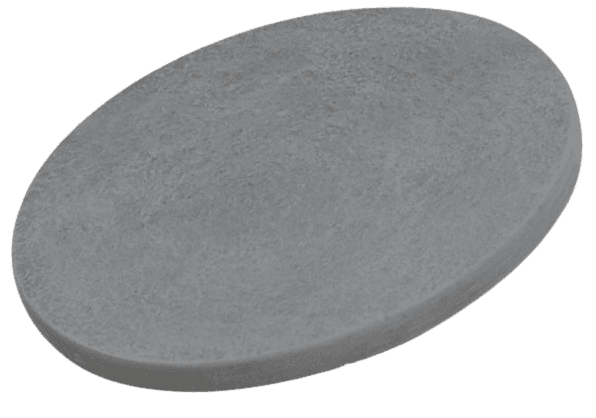
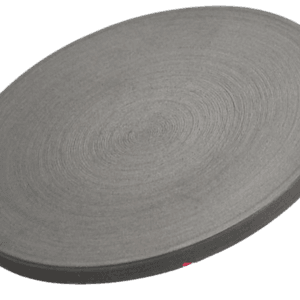
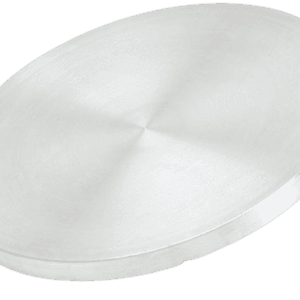
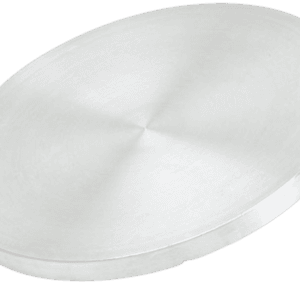
Reviews
There are no reviews yet.